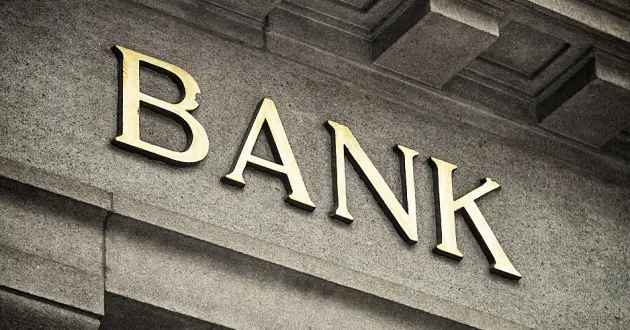I. Introduction
In today’s digital age, the specter of cyber threats looms large over various sectors, with financial institutions being particularly vulnerable. The high stakes nature of the financial industry, which involves handling vast sums of money and sensitive customer data, makes it an attractive target for hackers. As cyber-attacks evolve and become more sophisticated, it’s imperative for financial institutions to implement robust and comprehensive security measures to protect against unauthorized intrusions and ensure the safety, integrity, and confidentiality of financial data and assets. This article delves deeply into the diverse world of hacking, examining the myriad threats faced by financial institutions and outlining a multifaceted approach to prevention.
II. Threats Faced by Financial Institutions
A. Phishing Attacks
Phishing remains a dominant strategy for cybercriminals. It involves the distribution of seemingly legitimate and trustworthy communications, typically via email, designed to deceive recipients into disclosing sensitive information like passwords or credit card details. Financial institutions must continually educate employees and customers on the characteristics of phishing attempts to effectively thwart them.
B. Ransomware Attacks
Financial institutions are highly susceptible to ransomware attacks. In these scenarios, malware infiltrates the organization’s systems, encrypting vital data and holding it hostage. The attackers then demand a substantial ransom in exchange for the decryption key. The ability to swiftly identify and neutralize such threats is vital for maintaining operational integrity.
C. Distributed Denial-of-Service (DDoS) Attacks
A DDoS attack can incapacitate a financial institution’s digital platforms by flooding them with an overwhelming volume of web traffic, rendering systems inoperable and disrupting transactions and services.
D. Malware and Viruses
Various malware and viruses can infiltrate systems, pilfer sensitive data, and inflict substantial operational damage, underscoring the necessity for robust antivirus and anti-malware solutions.
III. Hacking Prevention Strategies
A. Employee Training
Comprehensive and ongoing employee training is paramount in reinforcing the human firewall. Ensuring staff can recognize, report, and avoid potential cyber threats greatly diminishes the risk of successful attacks.
B. Regular Software Updates and Patch Management
Consistent software updates and efficient patch management safeguard systems against known vulnerabilities, reducing the avenues available for unauthorized access.
C. Multi-Factor Authentication (MFA)
MFA significantly enhances security by necessitating multiple forms of identification before granting system access, creating an additional barrier to unauthorized access.
D. Network Segmentation
Network segmentation restricts the reach of potential intruders by compartmentalizing different aspects of the network, limiting the damage a hacker can inflict once inside.
E. Regular Security Assessments and Audits
Conducting frequent security assessments and audits uncovers potential vulnerabilities, allowing for their rectification before exploitation by malicious actors.
F. Incident Response Plan
A well-structured incident response plan facilitates rapid and effective action in the event of a breach, curtailing potential damage and expediting recovery.
IV. Best Practices in Financial Institution Hacking Prevention
A. Utilize Advanced Cybersecurity Tools
Implementing advanced cybersecurity tools, such as intrusion detection and prevention systems, fortifies defenses, providing real-time monitoring and mitigation of cyber threats.
B. Work with Cybersecurity Experts
Engaging cybersecurity experts for regular consultation and assessment ensures the institution’s security infrastructure remains at the forefront of cyber defense technology.
C. Secure Customer Data
Employing robust encryption and secure data storage practices guarantees the protection of customer information, maintaining confidentiality and ensuring compliance with relevant data protection legislation.
D. Comply with Regulations and Standards
Ensuring strict adherence to all applicable cybersecurity and data protection regulations and standards fortifies the institution’s security framework and fosters customer confidence in the organization’s commitment to data security.
V. Conclusion
In conclusion, the imperative for financial institutions to adopt a robust, agile, and comprehensive approach to cybersecurity cannot be overstated. The financial sector’s critical role in global infrastructure renders it a high-value target for cybercriminals, necessitating a relentless commitment to cybersecurity excellence. By investing in continuous employee training, implementing advanced security technologies, conducting regular security assessments, and ensuring unwavering adherence to all relevant standards and regulations, financial institutions can significantly mitigate the risk of cyber-attacks, safeguarding both organizational assets and customer data against the ever-evolving landscape of cyber threats.



